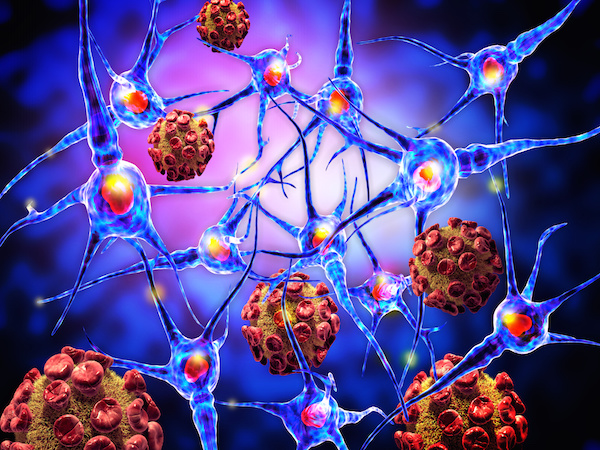
SUNDAY, June 10 (HealthDay News) — Two more genetic links to migraines have been discovered, a finding experts acknowledge won’t yet help those suffering from the throbbing headaches but may one day lead to new therapies.
Comparing the DNA of more than 2,300 patients afflicted with migraines without aura — the most common type — with 4,580 people in the general population, German and Dutch scientists spotted two gene variants associated with that migraine form. The research, authored by Arn van den Maagdenberg of Leiden University Medical Centre in the Netherlands, builds on a U.S. study released last year identifying three genes linked to migraines that suggested those inheriting any one of those genes had a 10 percent to 15 percent greater risk for the condition.
“Migraines are under-treated, under-recognized and under-diagnosed, especially with common migraines that don’t have any of the dramatic symptoms,” said Dr. Gayatri Devi, an attending neurologist at Lenox Hill Hospital in New York City. “A lot of times, people feel it’s their fault or that stress causes them . . . it’s nice to know there are genetic basis for illnesses and it’s not all in your head.”
The study is published online June 10 in the journal Nature Genetics.
Thought to affect about 12 percent of the population, migraines are characterized by recurring severe headaches and often result in nausea as well as sensitivity to light and sound. Migraines without aura, which comprise about two-thirds of all cases, don’t include pre-headache aura symptoms such as experiencing blind spots or hallucinations, seeing zigzag patterns or feeling weak.
“We’re trying to find the genetic basis of migraine, and basically speaking, this is the beginning,” said Dr. Stephen Silberstein, director of the Jefferson Headache Center at Thomas Jefferson University in Philadelphia. “Now we know in what neighborhood the genes are located, but we still don’t know where the houses are. It’s an important first step.”
While the study uncovered an association between the genes and migraine headaches, it did not prove a cause-and-effect relationship.
Silberstein and Devi agreed it could be many years before these findings point to new preventive or pain-relieving migraine treatments. For frequent sufferers, preventive therapies include certain types of beta blockers, antidepressants, anti-seizure drugs or Botox shots. Pain relievers range from over-the-counter ibuprofen, aspirin or acetaminophen to prescription-strength triptans, which narrow blood vessels in the brain and relieve inflammation.
Devi praised the study for its large size, saying it “was very nicely done” and will assist ongoing research efforts to understand the biological underpinnings of the condition.
“If we can pinpoint what these genes are responsible for, we can better understand the pathology of migraines and hopefully develop treatments that target those areas that are vulnerable,” she said. “But it’s a long way off from an association to a cause.”
More information
The U.S. National Institute of Neurological Disorders and Stroke offers a fact sheet on migraines.

